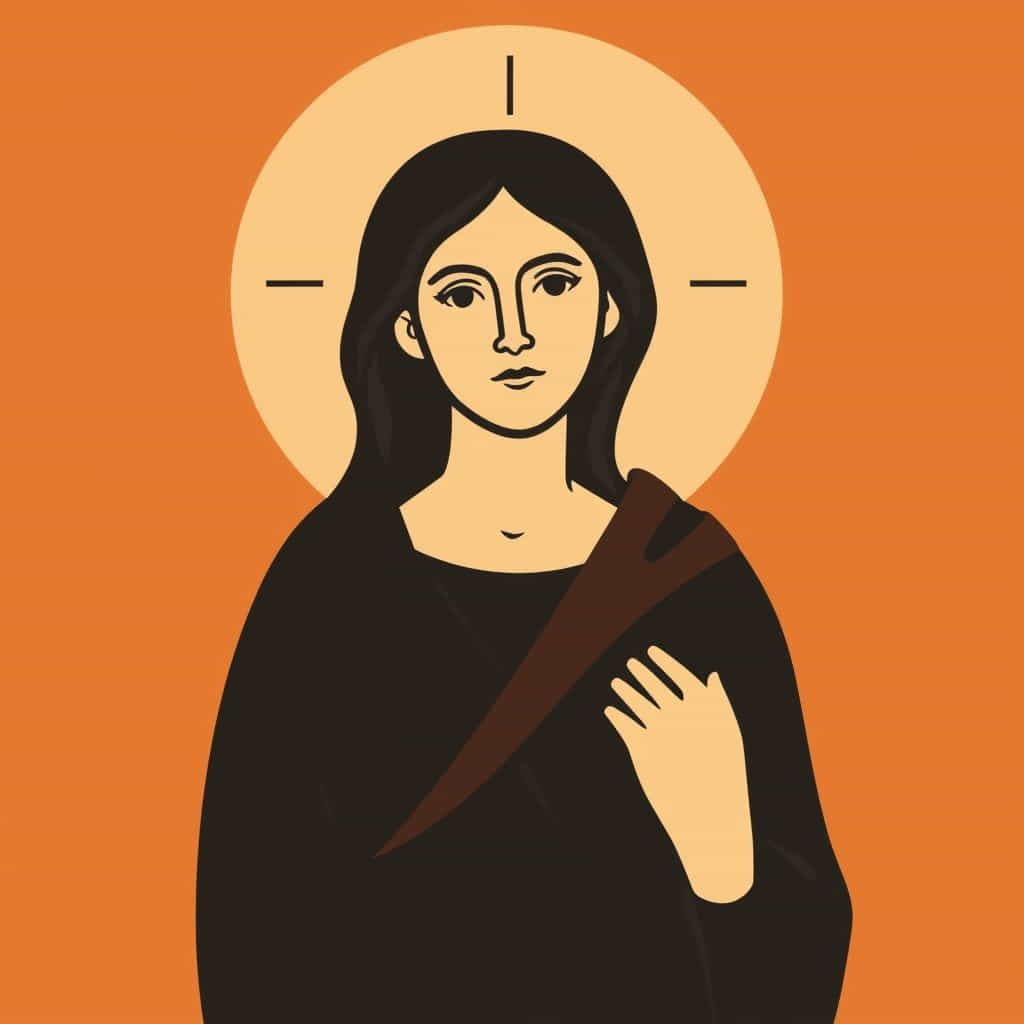Andrea del Sarto was an Italian Renaissance painter known for his flawless technique, balanced compositions, and masterful use of color and light. He was a contemporary of Leonardo da Vinci, Michelangelo, and Raphael, yet his work is often overshadowed by these greats.
Despite this, Andrea del Sarto was highly influential in the early 16th century, earning the nickname Andrea senza errori” (Andrea without errors) due to his technical perfection. His contributions to the High Renaissance and Mannerism movements left a lasting impact on European art.
Early Life and Training
1. Birth and Background
Andrea del Sarto was born as Andrea d’Agnolo di Francesco on July 16, 1486, in Florence, Italy. His father was a tailor (sarto in Italian), which led to his nickname.
2. Artistic Training
As a young artist, he trained under Piero di Cosimo and later worked with Franciabigio, another talented painter of the time. His early works showed an influence from Leonardo da Vinci’s sfumato technique and Raphael’s harmonious compositions.
Major Works and Artistic Style
1. Technical Mastery and Innovation
Andrea del Sarto was known for his incredible drawing skills, soft transitions of light and shadow, and naturalistic figures. His frescoes and altarpieces reflected a balance of emotion, depth, and movement.
2. Famous Paintings
Some of his most notable works include:
-
“The Madonna of the Harpies” (1517) – One of his most celebrated works, showcasing rich colors, delicate details, and graceful figures.
-
“Portrait of a Young Man” – A striking example of his ability to capture human expression with realism.
-
“The Last Supper” (1527) – A fresco in the Church of San Salvi, Florence, often compared to Leonardo’s version for its depth and emotion.
3. Influence on Mannerism
His later works showed the beginnings of Mannerism, a style that emphasized elongated forms and exaggerated poses. His students, including Pontormo and Rosso Fiorentino, would later become key figures in the Mannerist movement.
Andrea del Sarto’s Relationship with Other Renaissance Masters
1. Compared to Leonardo, Michelangelo, and Raphael
Andrea del Sarto was highly respected in his time, but he lacked the ambitious drive of Michelangelo or the courtly patronage that supported Raphael. His works were technically perfect, but some critics felt they lacked the bold innovation of his contemporaries.
2. Influence on Later Artists
Despite this, Andrea del Sarto was an important teacher and inspiration for the next generation of artists, particularly in Florence. His use of color and composition influenced painters for decades.
Personal Life and Challenges
1. His Marriage to Lucrezia
Andrea married Lucrezia del Fede, who became his muse and model for several paintings. However, their relationship was complicated, and some historians believe that she controlled his finances and career decisions.
2. Struggles and Lost Opportunities
Unlike Michelangelo and Raphael, Andrea never received significant commissions from Rome or the Vatican. At one point, King Francis I of France invited him to work in his court, but Andrea returned to Florence, reportedly at his wife’s insistence.
Death and Legacy
1. Final Years
Andrea del Sarto’s career declined in his later years, and he died from the plague in 1530 at the age of 44. His contributions, however, remained highly regarded in Florence.
2. Recognition in Art History
Although often overlooked compared to the “big three” of the Renaissance, Andrea del Sarto’s works are now appreciated for their subtle elegance, technical brilliance, and emotional depth.
Why Andrea del Sarto Matters Today
-
He was a master of Renaissance painting, influencing future styles, including Mannerism.
-
His works showcase technical perfection, making them a valuable study for art historians and students.
-
He played a crucial role in Florence’s artistic heritage, helping to bridge the High Renaissance and Mannerist movements.
Andrea del Sarto may not be as famous as Leonardo, Michelangelo, or Raphael, but his artistic contributions are undeniable. His beautiful compositions, expert use of color, and dedication to perfection make him one of the greatest painters of the Italian Renaissance.
“
